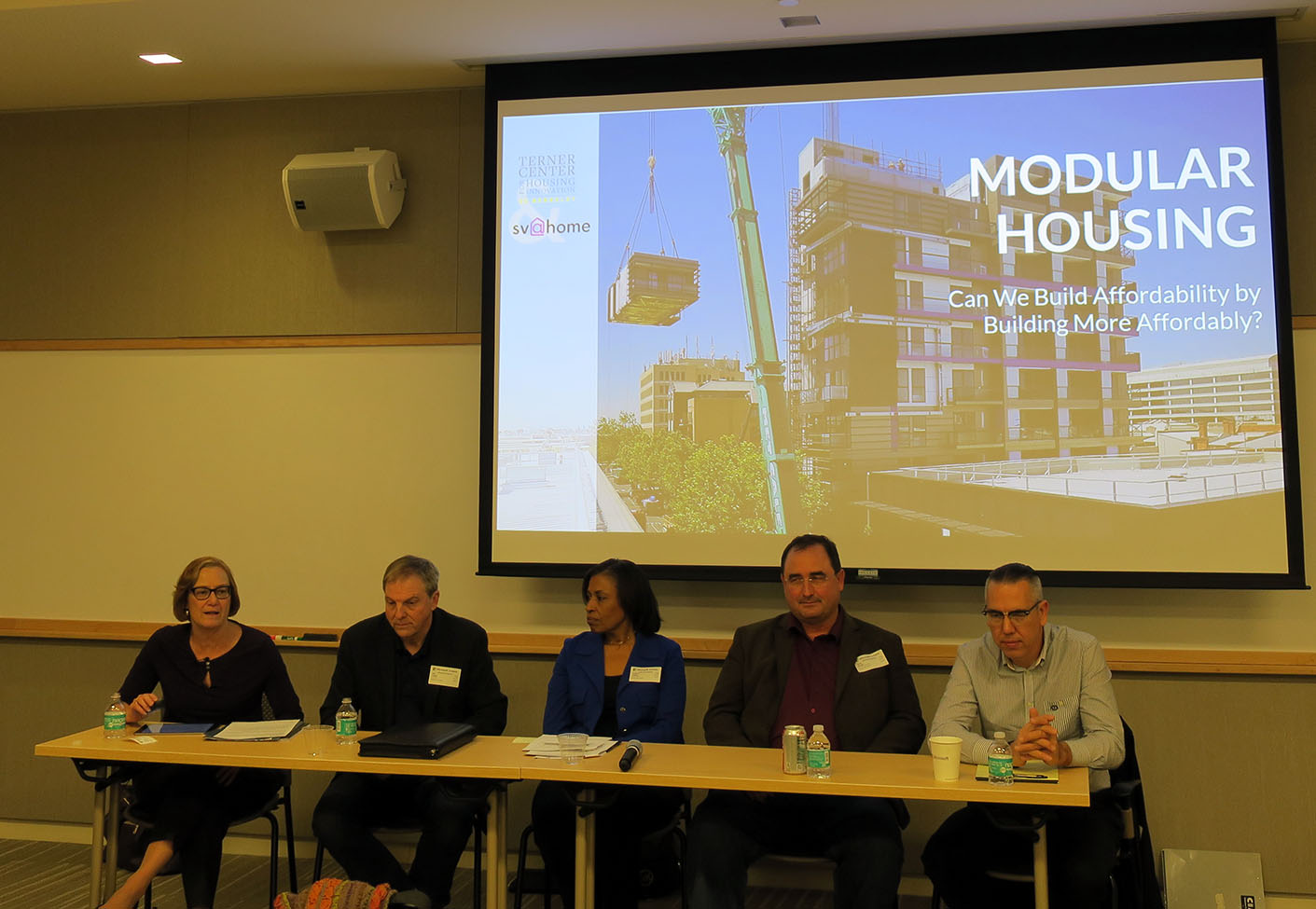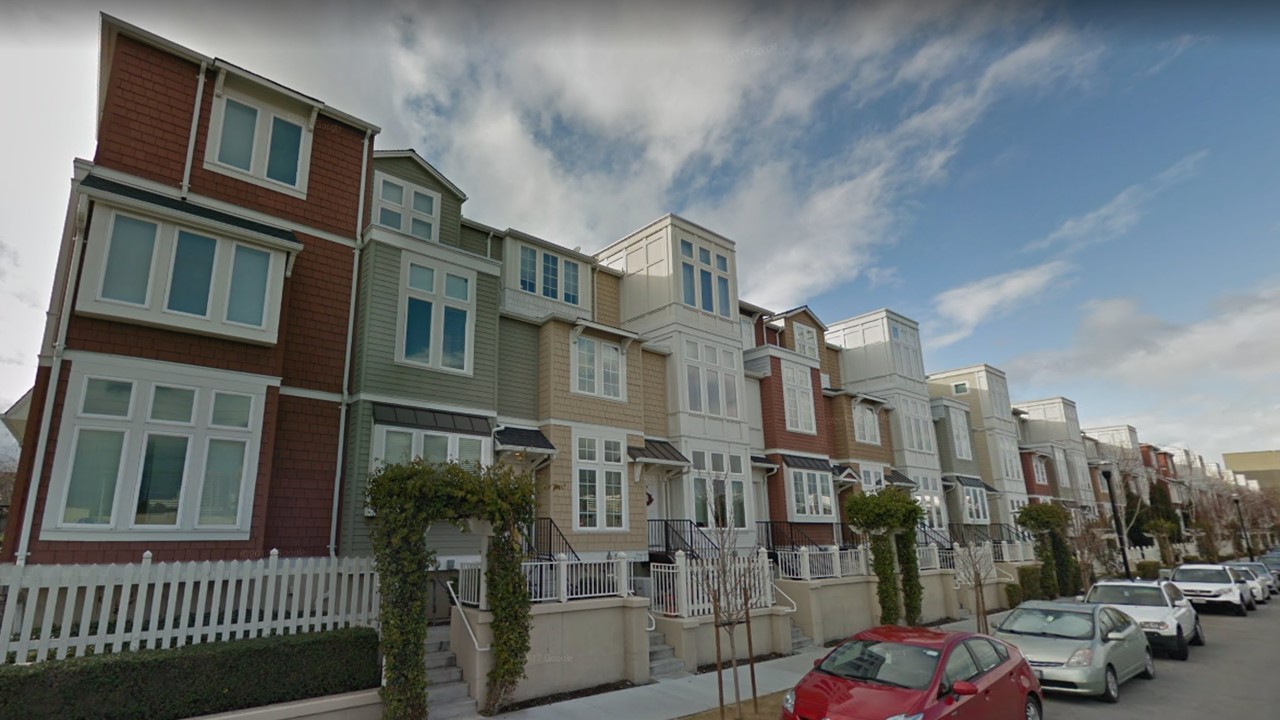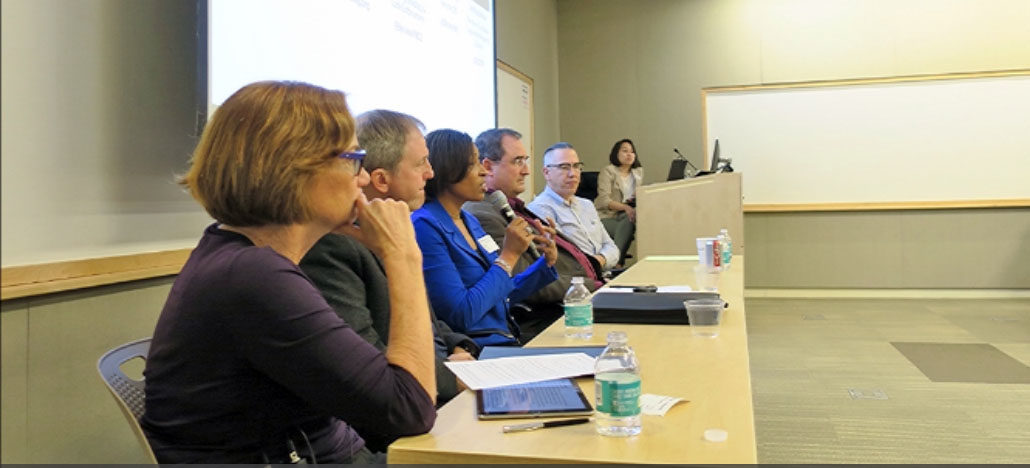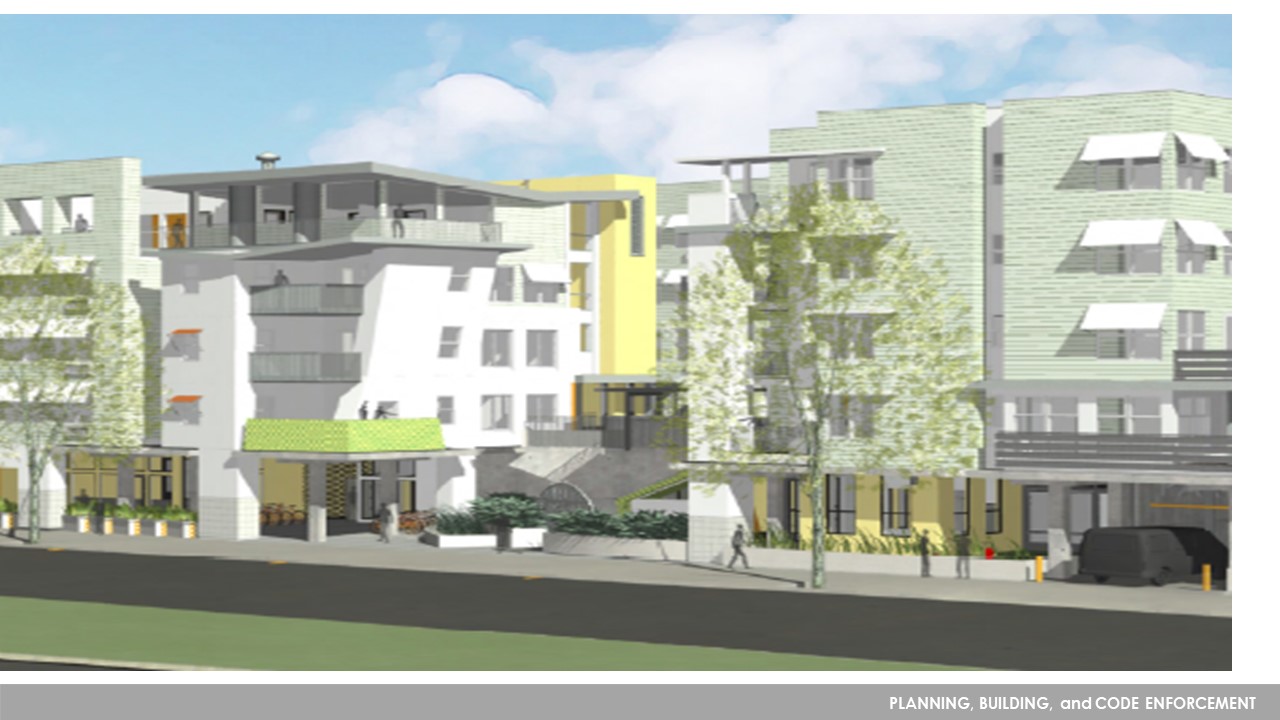The South Bay’s homelessness and housing crises are connected. The rising cost of living combined with the slow pace of housing development and construction have combined to drive many into the exurbs or onto the streets.

At Silicon Valley at Home’s (SV@Home) March 15th Policy in Practice forum, more than 70 attendees learned how modular construction can speed the building of high quality, attractive, affordable housing, increasing the housing supply and alleviating some of the worst effects of the region’s homelessness and housing crises.
“The South Bay’s homelessness and housing crises are intertwined,” said SV@Home Executive Director Leslye Corsiglia. “We need to look at ways to scale up housing construction quickly in Santa Clara County in order to provide housing for current and future residents at a reasonable cost. Fortunately, a variety of people from different industries have been looking into this, and we’re bringing them all together to help educate and inform the community.”
In modular construction components or “modules” of a housing complex are manufactured in a factory before being transported and assembled on-site.
According to research from UC Berkeley’s Terner Center for Housing Innovation, modular construction can reduce construction costs by at least 20 percent and shorten construction times by up to 40 percent.

Rosalynn Hughey, acting director of San Jose’s Department of Planning, Building and Code Enforcement, said the city is already using modular construction to build attractive, supportive housing units at 1140 S. 2nd Street as well as 15 townhouses at Laurel Grove Lane and Cahil Park Drive and residential units at 55 Vista Montaña.
She said the city expects to add more than 350,000 jobs and 470,000 new residents by 2040, and modular construction can help San Jose meet that growth.
“We are totally excited about modular housing and construction and what it can mean in terms of adding new units to our city, which we desperately need,” Hughey said. “We need more housing supply but at the same time adding those very crucial, affordable units as well.”
The complex at 1140 S. 2nd Street, in particular, is being developed in partnership with First Community Housing, a nonprofit public benefit housing development corporation, and will offer a suite of permanent supportive services to homeless and other individual residents.

Executive Director Geoffrey Morgan said modular construction has already saved First Community Housing more than $4 million, and the project is also ahead of schedule.
“We’re six months ahead, and frankly if we’re there to serve our residents and we’re trying to build what will be the first substantial, permanent, supportive housing with services in the city. . .it was important to get it done. If we get it done four to six months faster, maybe we save somebody’s life. Maybe there’s somebody who doesn’t die of exposure. Maybe there’s somebody we get off the street a little faster.”
Likewise, Rick Holliday, CEO of Factory OS in Vallejo, described the current process of housing construction as painful:
“Square peg, round hole, painful.”
Holliday said having the majority of the housing unit created off-site helps provides flexibility and streamlines the construction process, eliminating inefficiency and cost overruns at the building site.
Traditionally, building and trade unions have opposed changes in the construction industry that they believe will threaten their livelihoods.
However, Jay Bradshaw, organizing director of the Northern California Carpenters Regional Council (NCCRC), offered a different perspective.
He said his union began working with Holliday to train carpenters in modular construction techniques, because it was an opportunity to provide an evolving industry with a skilled workforce at a time when employers were bemoaning the lack of qualified workers.
“We’re interested in being a viable partner in this industry for the next hundred years. . .and this evolution will create more worker opportunity for us,” Bradshaw said. “We understand you have to have conditions to take care of the worker, but also if the job doesn’t survive, what’s the point, so it’s a partnership, and we work collaboratively, and as the employer does better, the union partner, the workers do better.”
He also said NCCRC’s entry into the modular construction industry was a response to the phenomenon of seeing working people living on the street.
“We think the crisis of our generation is there’s no housing for people,” said Bradshaw. “There’s a lot of hand wringing and complaining about the lack of housing and the homeless problem. . .and frankly we were fed up and said we want to be a part of that solution. . .Our membership has a vested interest in us finding a solution here, because they can’t afford to live here. Someone mentioned earlier the missing middle—that’s exactly our constituents.”
The 90-minute event was moderated by Carol Galante, faculty director at the Terner Center.
It’s the latest installment in SV@Home’s ongoing Policy in Practice discussion series.


